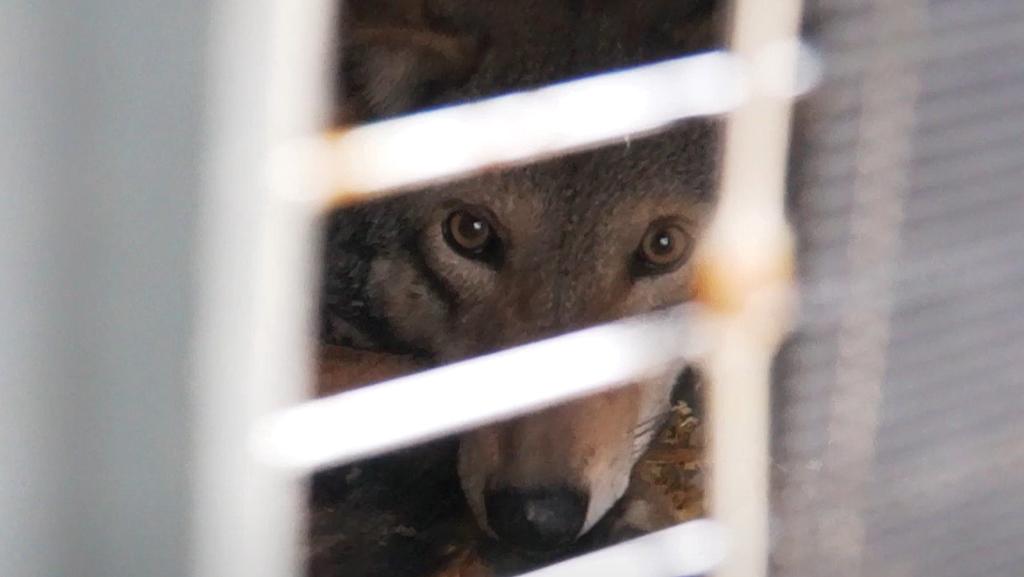
Credit: LightHawk
Fact: Pig excreta generated at giant factory farms is flushed into large earthen pits, and the malodorous waste, which bacterial digestion turns to a darkish pink, is later spread as fertilizer—a controversial practice that can also threaten nearby waterways. Fact: The cargo door on a Pilatus PC-12...
Pilot Groups Monitor Threats To The Environment And Natural Balance is available to both Aviation Week & Space Technology and AWIN subscribers.
Subscribe now to read this content, plus receive critical analysis into emerging trends, technological advancements, operational best practices and continuous updates to policy, requirements and budgets.
Already a subscriber to AW&ST or AWIN? Log in with your existing email and password.




